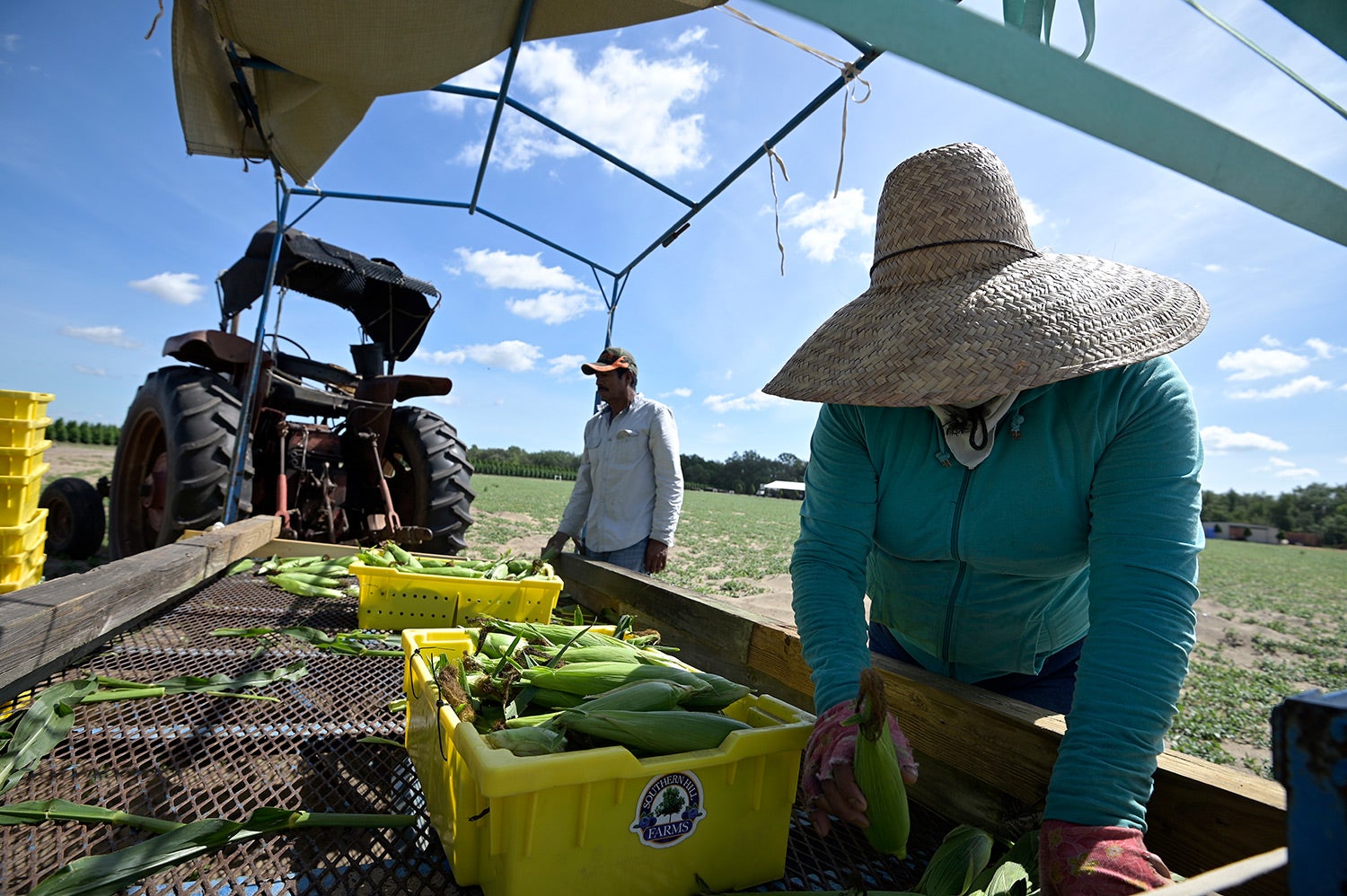US Bans Toxic Pesticide on Food Crops

The United States Environmental Protection Agency (EPA) has, in response to a ruling by the United States Court of Appeals for the Ninth Circuit, banned use of the toxic pesticide chlorpyrifos on food crops, 14 years after public interest groups first filed a petition calling on the agency to do exactly that.
The new rule will take effect in six months. While banning chlorpyrifos is an important move for public health, the time it took to translate scientific evidence of the risks into protective policy highlights the need for a new approach to regulatory decision-making on toxic pesticides in the United States. Chlorpyrifos is just one of more than 100 dangerous or potentially dangerous pesticides being sold for use in the US today.
The existing review mechanisms are not fast or robust enough to address the risks associated with these products. Exposure to chlorpyrifos is associated with a number of health risks, including endocrine disruption, suffocation, and adverse impacts on fetal and childhood development associated with prenatal exposure, all of which were outlined in the original 2007 petition to ban the pesticide. In the decade that followed, the risks only became more clear. By 2015, the EPA acknowledged that they could not conclude that use of chlorpyrifos met federal safety standards. But chlorpyrifos remained legal – and continued to be used – for six more years. “During that time,” wrote Judge Jed Rakoff in his April decision for the 9th Circuit ordering EPA to make a final decision on the safety of the pesticide, “the EPA’s egregious delay exposed a generation of American children to unsafe levels of chlorpyrifos.” Each year, the US uses more than one billion pounds of pesticides, nearly one-fifth of worldwide use. In 2017 and 2018, the EPA approved more than 100 pesticides containing ingredients widely considered to be dangerous. Some of these are considered possible or probable carcinogens by the World Health Organization’s International Agency for Research on Cancer. And many are banned in other countries as a result. US agriculture uses 72 pesticides banned or being phased out in the European Union, 17 pesticides banned in Brazil, and 11 banned in China.
These differences underscore how the US approach to pesticide regulation is out of sync with pesticide regulation globally. Banning chlorpyrifos on food is a historic victory for the broad coalition of activists who worked long and hard to get here. But while it is a significant step, chlorpyrifos will continue to be permitted for non-food uses like growing cotton or on golf courses. Moreover, chlorpyrifos is just one of many toxic pesticides used in US agriculture.
The administration of US President Joe Biden has much more work to do to meet its commitment “to limit exposure to dangerous chemicals and toxic pesticides.”.
Read the full article at the original website
References:
- https://www.nrdc.org/sites/default/files/hea_10072201a.pdf
- https://www.epa.gov/system/files/documents/2021-08/pre-pub-5993-04-ocspp-fr_2021-08-18.pdf
- https://www.hrw.org/news/2019/07/22/trump-administration-refuses-ban-neurotoxic-pesticide
- https://www.biologicaldiversity.org/campaigns/pesticides_reduction/pdfs/Toxic-Hangover.pdf
- https://www.publichealth.columbia.edu/public-health-now/news/prenatal-exposure-insecticide-chlorpyrifos-linked-alterations-brain-structure
- https://www.epa.gov/sites/production/files/2015-10/documents/chlorpyrifos_nprm_prepublicationcopy_2015-10-28.pdf
- https://earthjustice.org/sites/default/files/files/chlorpyrifos_9th_circuit_4-29-21.pdf
- https://www.whitehouse.gov/briefing-room/presidential-actions/2021/01/20/executive-order-protecting-public-health-and-environment-and-restoring-science-to-tackle-climate-crisis/
